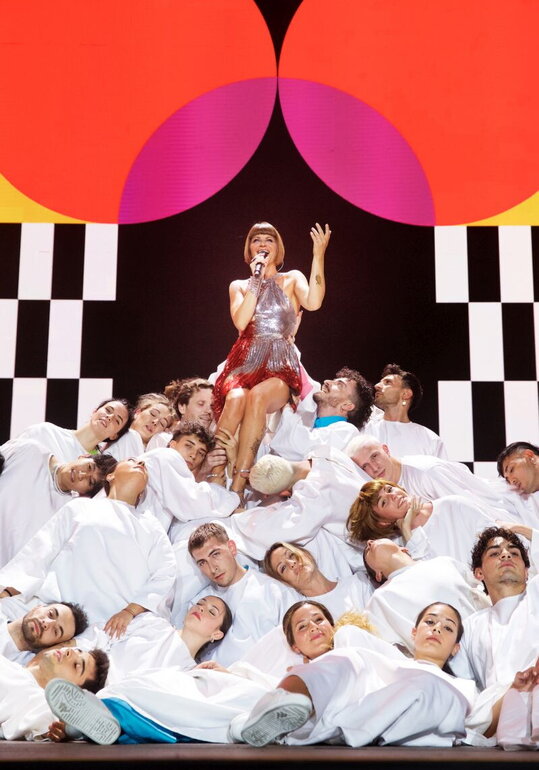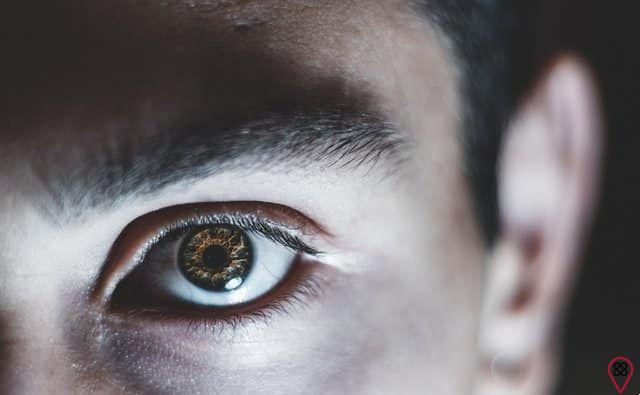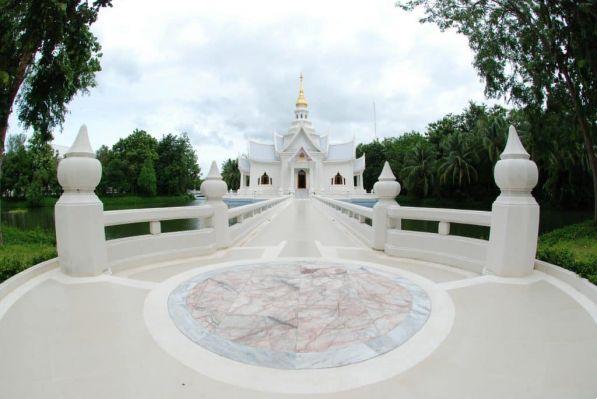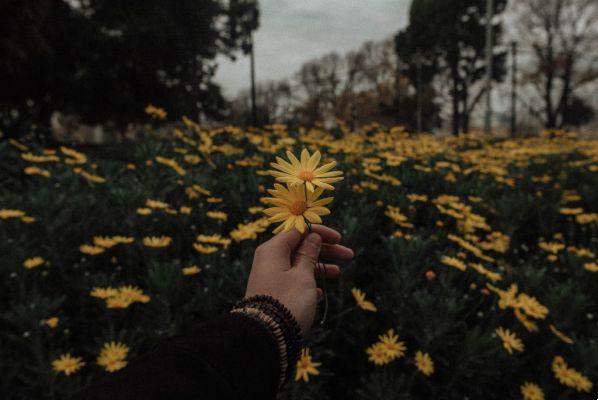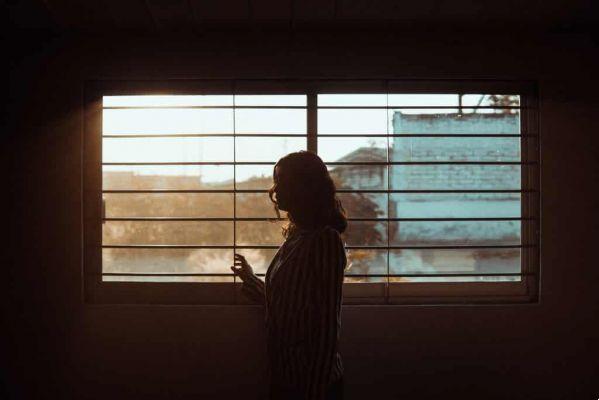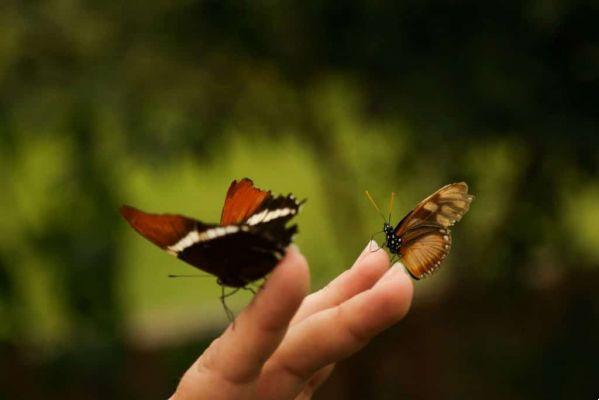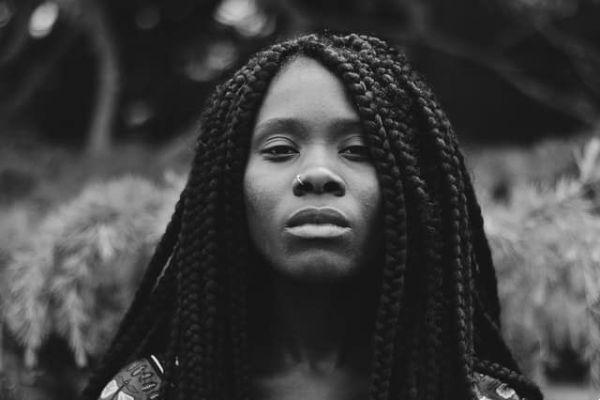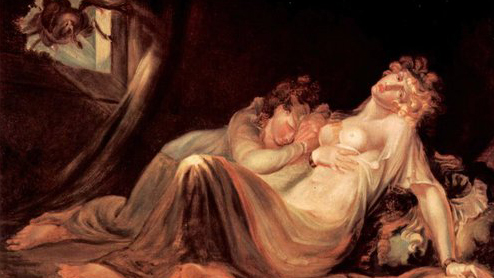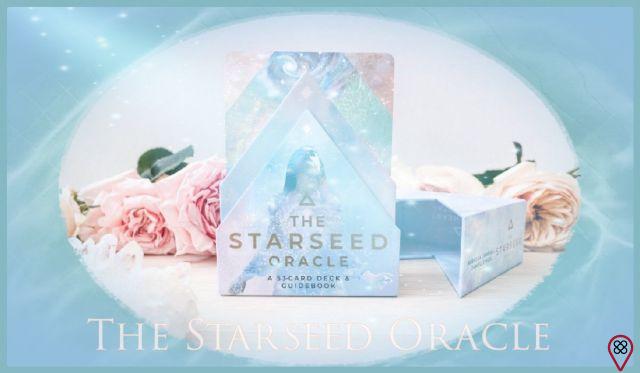Each culture has its own conception and organization of time. In Spain and in most countries in the West and Near East, we follow the Gregorian calendar. Created in Europe in 1582 by Pope Gregory XIII, this calendar organizes the duration of the year based on the movement of the Earth and, therefore, has 365 days.
Some cultures, however, such as Jewish and Islamic, organize their time using other methods. This is also the case in China, which, although it uses the Gregorian calendar as its civil calendar, still follows its millennial lunisolar calendar to determine holidays and festivals.
This lunisolar calendar is also known as the agricultural calendar or just the Chinese calendar. In it, the length of years is measured based on the phases of the Moon and the position of the Sun. Thus, the first day of the Chinese year does not follow a fixed date and varies according to the movement of the stars.
In 2020, Chinese New Year was celebrated on January 25th. On that day when the 4718th year of the lunisolar calendar was celebrated, the New Moon was closer to the fifteenth degree of the constellation of Aquarius. In 2021, the date will be celebrated on February 11, when a new cycle will begin.
The Chinese New Year begins with the first New Moon of the lunar calendar and ends with the first Full Moon. This period, which lasts fifteen days, is also known as the Spring Festival. These two weeks between one lunar phase and another are full of superstitions, symbolism and traditions that the Chinese follow as a way of attracting good omens for the year ahead.
Chinese New Year traditions
Just as we have our traditions and superstitions, the Chinese also have theirs. After all, we all want a prosperous and very auspicious year. While it's not scientifically proven that wearing yellow underwear will bring you fortune and prosperity, it doesn't hurt to try!
Although in the rituals of celebration of the new year, whether Western or Eastern, certain sympathies are used to ensure a harmonious year, there are a number of differences between them. These divergences range from its aesthetics (colors, symbols, etc.) to the duration of the festivities.
On Chinese New Year's Eve, people often add red and gold to their clothing. Present in the flag of China, these colors carry a strong symbolism for the Chinese, especially on this date; red represents fortune, joy and luck and gold, in turn, symbolizes prosperity and abundance.
It is also common for houses to be decorated with these same colors. In addition, it is not uncommon to come across statues or images of dragons and lions inside homes or on the streets. The representation of these animals is seen as a way to ward off evil spirits and bad omens.
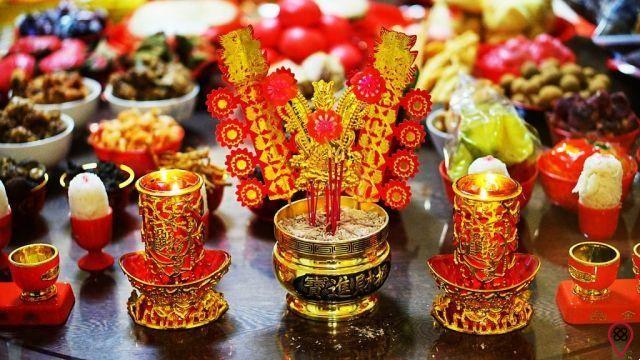
Fruits and flowers are also present in Chinese homes during this celebration. Among the favorite flowers are peach trees (which represent luck), chrysanthemums (longevity) and daffodils (good energies and vibrations). As for fruits, the Chinese traditionally eat oranges and tangerines, which are symbols of happiness.
When the clock strikes midnight, the older members of the family deliver red envelopes to the youngest and singles. Within them, there is always an amount of money that counts values with the number eight. This number represents, for the Chinese, perfect symmetry, infinity. He is so dear to the Chinese that the 2008 Summer Olympics in Beijing started on 08/08/08!
It is common for this period of festivities to last 15 days, marking the beginning of the first New Moon and the beginning of the first Full Moon of the year. During these two weeks, the Chinese do a little bit of everything: they pray to the gods and ancestors, pay homage to older relatives, visit friends and family, go to temples, etc., all according to traditions.
On the 15th and final day of this festival, people take to the streets with colorful lanterns to celebrate the arrival of the Full Moon and mark the end of the festivities. On this occasion, it is common to eat rice balls as a way of purifying the body.
Animals in Chinese New Year
Each New Year represents the name of one of the 12 animals in the Chinese horoscope due to the fact that this horoscope is organized based on 12-year cycles, where each year is represented by an animal.
According to Chinese tradition, these would be the 12 animals that would have responded to the Buddha's request to hold a meeting. So, to honor them, they were converted into symbols of Chinese astrology.
The position of each of these animals was defined from the order in which they would have met Buddha. Thus, each cycle obeys the following sequence: mouse, ox, tiger, rabbit, dragon, snake, horse, goat, monkey, rooster, dog and pig.
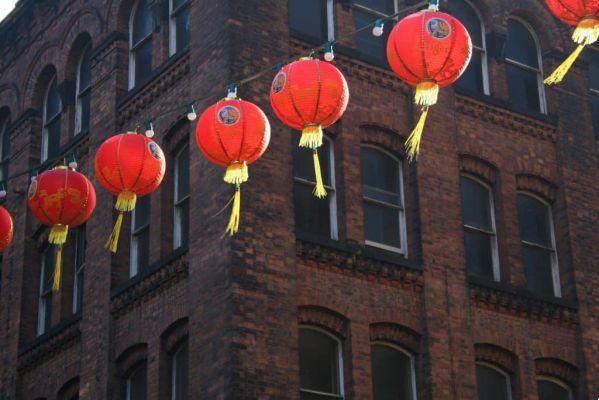
According to tradition, each animal also receives the influence of one of the five elements that, for the Chinese, make up the Universe, namely: metal, wood, water, fire and earth. This is why the Chinese lunisolar calendar has five 12-year cycles.
The year 2019 marked the end of another cycle of a dozen years. So, 2020 is the year of the rat. Although he is not a very well-regarded animal in the eyes of the West, for several eastern cultures (including the Chinese), the rat represents intelligence, fertility and leadership.
Not Spain
Here in España, Chinese New Year is celebrated in some cities. In São Paulo, the largest Sino-Japanese center in España, the celebration takes over the streets of the Liberdade neighborhood, a region marked by restaurants, shops and grocery stores for immigrants of Chinese, Japanese or Korean origin. With concentration in Praça da Liberdade, the party has music, fireworks, presentations and lots of typical food!
You may also like
- Would New Year's Eve be the day of hope?
- Set five goals for your New Year
- Discover the meanings of colors for the New Year
The celebration also takes place in the capital of Rio de Janeiro, where the Chinese New Year is celebrated in the eastern colony in the neighborhood of Santa Cruz. In addition to this place, the celebration takes place in the Tijuca neighborhood, in the eastern colony of Rua da Alfândega, located in the Saara region, and in Vista Chinesa, where there is a large gathering of Chinese and tourists.





